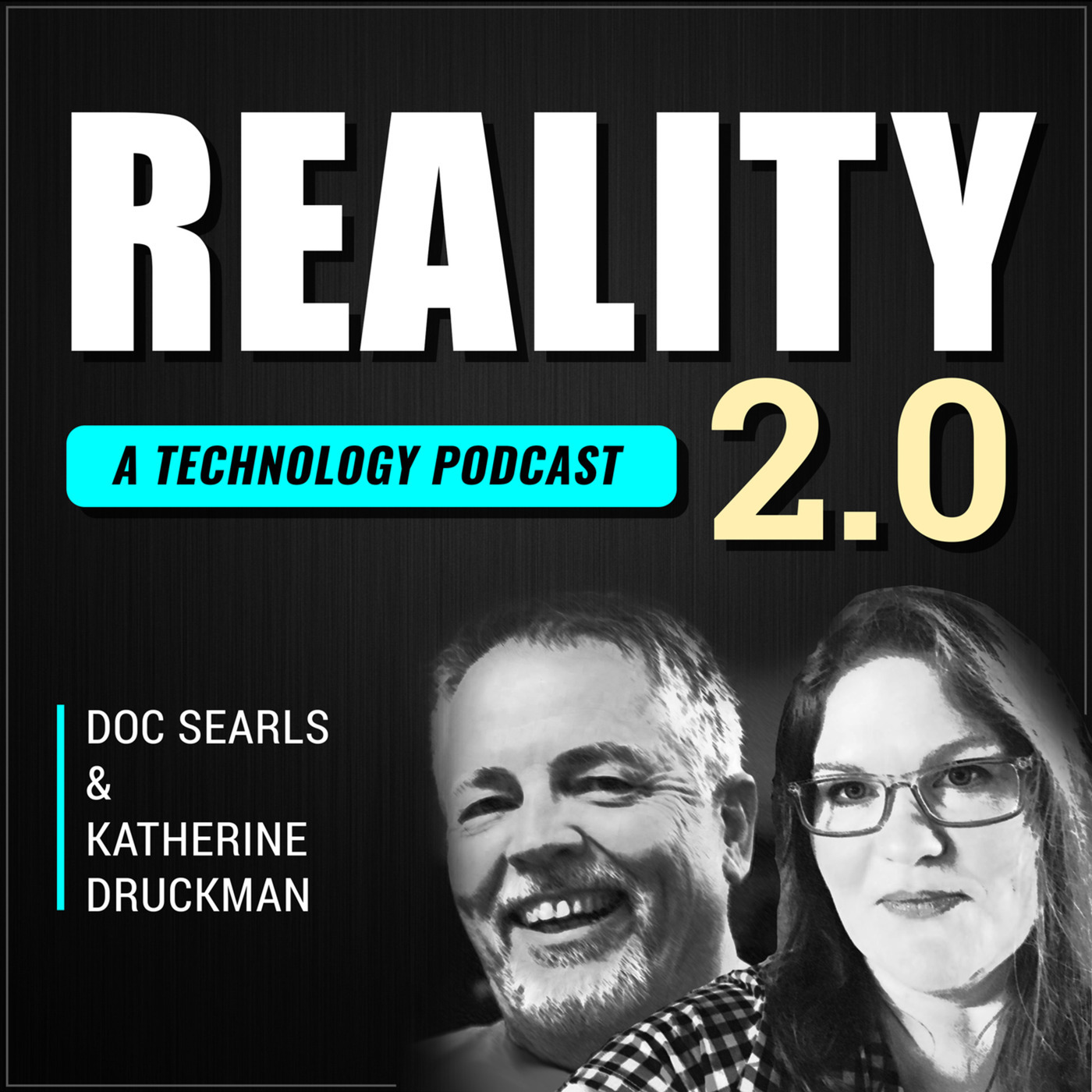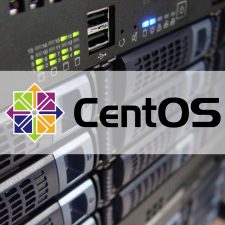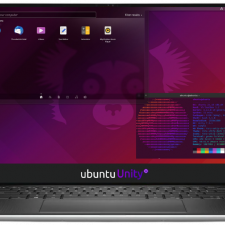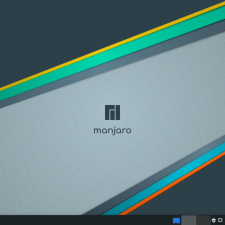Nimbus and the Forever Lasting SSD: Is it cost effective?
| Capacity | SATA Model | SAS Model | Price |
|---|---|---|---|
| ExaDrive DC – 50 TB | EDDCT050 | EDDCS050 | $12,500 |
| ExaDrive DC – 100 TB | EDDCT100 | EDDCS100 | $40,000 |
The SDD is designed and manufactured for legacy (and slower protocols) such as Serial Attached SCSI (SAS) and Serial ATA (SATA) instead of the very popular NVMe. Not only does it surpass the current Hard Disk Drive (HDD) in capacity, by at least 5 times, the fact that they jammed so much NAND memory into the product also gives it an advantage over other lower capacity SSDs. It is an advantage that I never considered until the above mentioned article:
The maximum write bandwidth of these SSDs through their SAS and SATA ports is 460MB/s. There are 86,400 seconds in a day, so the maximum number of megabytes written in a day would be the product of these two numbers. Divide that by 2^20 and you get terabytes per day, which is 37.9. If you divide this number into the SSD’s terabyte capacity it gives you drive writes per day (DWPD).
That is, an endurance of 0.38 DWPD per day! On the Nimbus website, the drive has a 5 year guarantee and The SSD Guy further calculates a maximum of 692 writes to any memory location (without any overprovisioning). That is amazing! At that point, who cares about it using MLC flash (which has higher wear rates than SLC).
The question I have is: is it cost effective?
No, at least not according my calculations. If I were to buy Seagate SAS 15 TB 12Gb Nytro drives at about $4,500 per drive, then I would need 7 of those drives to get a capacity of at least 100 TB with a total cost of $31,500. If we were to evenly distribute the same amount of data workload evenly across all of these drives, we should in theory get the same endurance.
All of this is without any redundancy. If you have been in this business for as long as I have, you need to plan for worst case scenarios and to assume that the ExaDrive (or any other SSD) will never experience hardware failure is foolish. Let us be conservative and just buy a second ExaDrive to place into a single RAID 1 mirror, our cost climbs to $80,000 and we still only have 100TB of usable space. On the other hand, if we wanted to add a single parity drive (RAID 5) to the above Nytro pool, we are looking at $36,000 (which is still cheaper than 3 of the 50 TB ExaDrives in a RAID 5 configuration by $1,500). Add a second parity drive (RAID 6), then we are looking at $40,500. Sure, we are occupying more chassis space and consuming more power but it won’t cost us an extra $40,000.
Am I wrong?
![Random [Tech] Stuff](https://koutoupis.com/wp-content/uploads/2022/01/koutoupis-logo-3.png)





